Bootstrapping your startup involves launching and growing a business without external funding or venture capital, relying instead on personal savings, revenue from early customers, and organic growth. While bootstrapping presents unique challenges, such as limited resources and slower growth rates, it also offers entrepreneurs the opportunity to maintain control and independence over their businesses.
So, today we’ll explore the art of bootstrapping and provide practical strategies for launching and growing your startup without external funding.

Leverage Limited Resources
Bootstrapping requires entrepreneurs to make the most of limited resources, including personal savings, sweat equity, and revenue generated from early customers. Start by minimizing overhead costs and focusing on product development, marketing, and customer acquisition. Look for creative ways to stretch your resources, such as negotiating discounts with suppliers, leveraging free or low-cost marketing channels, and outsourcing non-core tasks to freelancers or contractors.
Prioritize Expenses
When bootstrapping a startup, it’s essential to prioritize expenses and invest resources wisely. Focus on activities that directly contribute to revenue generation and customer acquisition, such as product development, sales, and marketing efforts. Avoid unnecessary expenses or luxuries that don’t directly impact your bottom line. Keep a close eye on cash flow and monitor expenses closely to ensure that you’re operating within your means and maximizing your runway.

Foster Organic Growth
Bootstrapped startups often rely on organic growth strategies, such as word-of-mouth marketing, content marketing, and grassroots efforts, to attract customers and build brand awareness. Focus on delivering exceptional value to early customers and encourage them to spread the word about your product or service through referrals and testimonials. Leverage social media, blogging, and networking opportunities to connect with your target audience and establish credibility within your industry.
Frugality and Resourcefulness
Bootstrapping requires entrepreneurs to embrace frugality and resourcefulness in all aspects of their business operations. Look for cost-effective alternatives to traditional business practices, such as using free or open-source software, coworking spaces, and remote work arrangements. Maximize the value of your time and resources by focusing on high-impact activities that drive results and minimize waste.

Generate Early Revenue
Generating early revenue is crucial for bootstrapped startups to sustain operations and fuel growth. Focus on acquiring paying customers as soon as possible, even if it means offering discounted pricing or incentives initially. Consider launching a minimum viable product (MVP) to test the market and validate demand before investing significant resources in product development. Continuously iterate based on customer feedback and market demand to refine your offering and maximize revenue potential.
Stay Agile and Adaptive
In the fast-paced world of startups, agility and adaptability are essential for survival. Stay nimble and responsive to changes in the market, customer feedback, and competitive landscape. Be willing to pivot your business model, adjust your strategy, or explore new opportunities as needed to stay ahead of the curve and capitalize on emerging trends.

By leveraging limited resources, prioritizing expenses, fostering organic growth, generating early revenue, embracing frugality and resourcefulness, and staying agile and adaptive, bootstrapped startups can overcome challenges and achieve sustainable growth and success on their terms.


